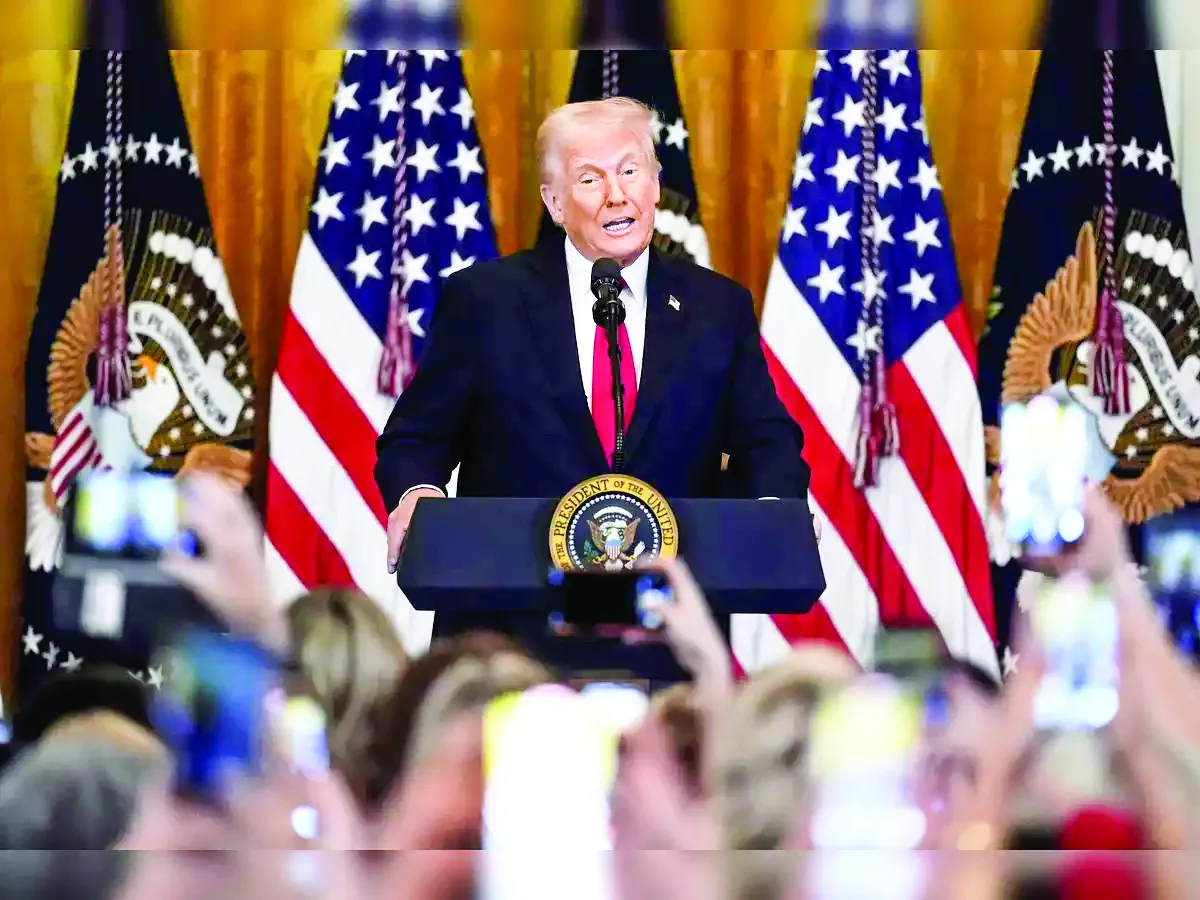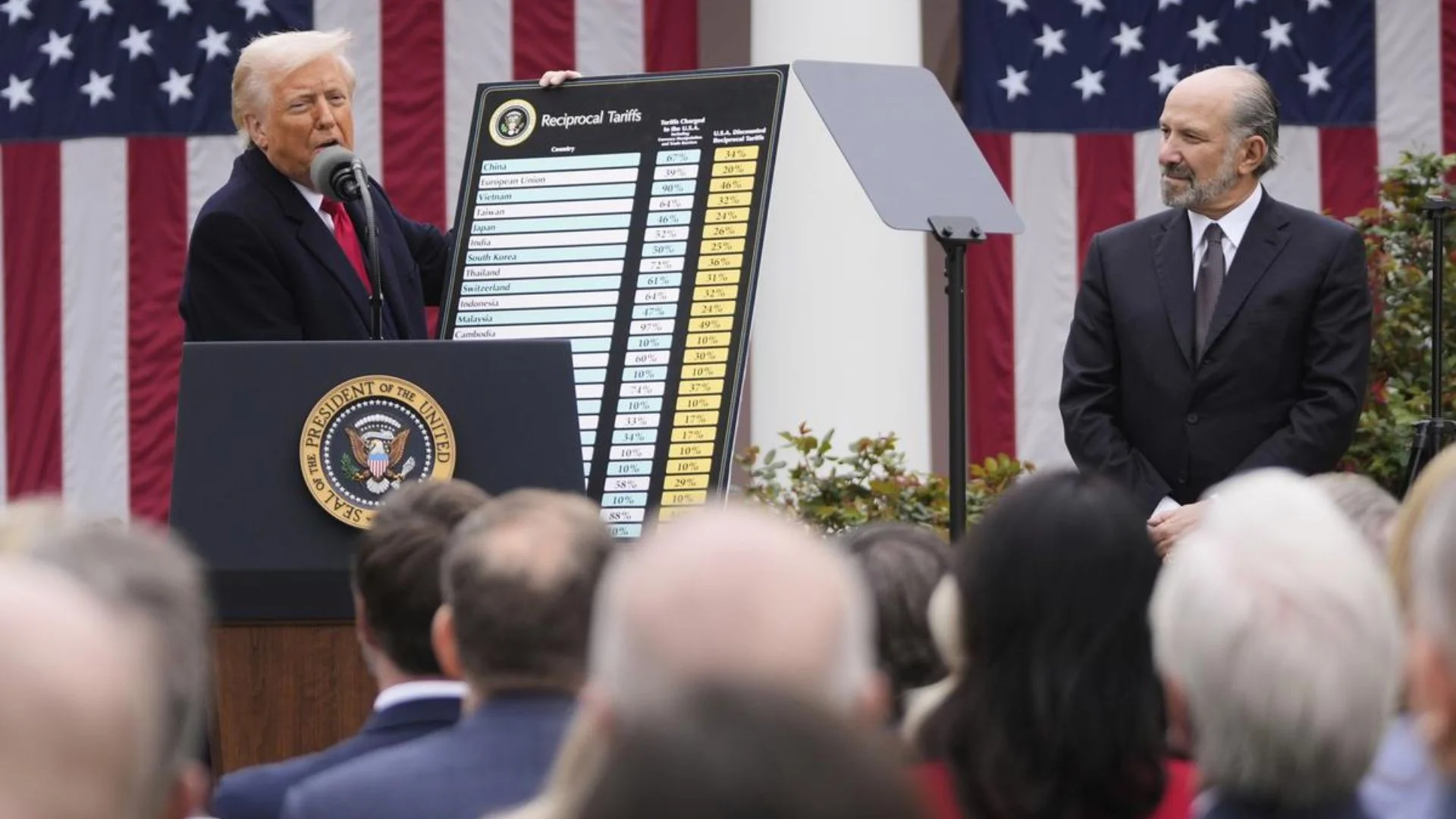India stands at a crucial point in its economic journey, poised to leverage its vast market and strategic heft to fuel growth.
The most important point in strengthening India’s economy is that India, as the one of the world’s largest markets, is more crucial to both China and the U.S. than they are to India.
Among the many pathways forward, Chinese investment is a contentious yet promising avenue, something which has become an untouchable topic post Galwan 2020. However, the time has come, to take lessons learnt from and after Galwan, and move ahead and allow Chinese money into the Indian market.
Chinese capital could bolster the Indian economy, invigorate its markets, and enrich its consumers is not mere optimism—it’s grounded in economic logic.
Indian policy makers need to adopt a brave view, and move beyond the blanket ban which is driven by geopolitical mistrust and fears of dependency.
India needs Chinese investors, just as it needs American technology and a regulated approach with smart restrictions can unlock significant benefits.
Crucially, Delhi needs to self realise that it’s not a one-way street—China and the U.S. need India’s market and geopolitical weight just as badly, creating a symbiotic dynamic that India should use to its advantage.
The case for Chinese investment in India is compelling. First, it promises an infusion of capital that could turbocharge economic growth and give jobs. Lack of jobs is the pandemic that is waiting to happen.
With a trade deficit hovering around $85 billion with China , inviting Chinese firms to invest directly—rather than just export—could shift the balance. Companies like Xiaomi and Oppo have already demonstrated that they can set up manufacturing units that create jobs and produce goods locally, reducing import reliance.
Second, Chinese investment brings new products to Indian consumers, enhancing choice and quality of life. From affordable smartphones to cutting-edge appliances, these innovations can reshape daily living.
More importantly, this influx will pushe Indian manufacturers to innovate. Competition from foreign players has historical precedent—global automakers forced Tata and Mahindra to elevate their game. Chinese firms, with their prowess in scale and efficiency, could similarly spur domestic industries to match or exceed them, bolstering initiatives like “Make in India.”
India’s Economic Survey has highlighted the value of plugging into global supply chains, and Chinese investment could make India a manufacturing hub for exports to Europe or the U.S., not just a domestic player.
This isn’t blind dependence; it’s strategic leverage, that we somehow are not ready to engage with.
Despite these upsides, calls for a blanket ban on Chinese investment persist, fuelled by the 2020 Galwan clash and lingering security concerns. While understandable, such a move is a blunt instrument that risks more harm than good. Shutting the door entirely ignores the economic reality; A total cutoff will stall growth in tech, manufacturing, and infrastructure, sectors where Chinese expertise excels.
Moreover, a ban overlooks the past’s lessons. Geopolitical tensions ebb and flow—India and China have moved beyond 1962 and other flashpoints. A lot of water has passed under the bridge since 2020, and economic pragmatism should outweigh reflexive hostility.
The answer to “Chinese fear” isn’t stopping their complete access to the Indian market but smart regulation. India can welcome Chinese investment while safeguarding its interests with tailored restrictions. This could be-
1.Local production mandates: Require Chinese firms to manufacture 50-70% of their products in India. This mirrors Apple’s success with Foxconn assembling iPhones locally, creating jobs and cutting imports. It ensures India isn’t just a sales hub but a production powerhouse.
2.Market share caps: Limit Chinese dominance in key sectors (e.g., electronics, where they hold 72% of the smartphone market) to, say, 30%. Beyond that, mandate partnerships with Indian firms, fostering technology transfer and protecting smaller players from being priced out.
3.Geopolitical safeguard: Expand the post-2020 FDI approval process, vetting Chinese investments in sensitive areas like telecom or infrastructure. A “national interest clause” could allow intervention if ties sour, balancing openness with security.
- Incentives for innovation: Offer tax breaks or subsidies to Indian firms that innovate against Chinese competition. South Korea’s rise against Japan in the ‘80s shows how state support can turn rivalry into strength—India could replicate this in EVs or AI.
5.Profit reinvestment rules: Mandate that 25% of profits from Chinese ventures stay in India, funding factories, startups, or skills. This keeps capital circulating locally, building resilience against external shocks.
These measures avoid the pitfalls of a ban—lost jobs, stalled growth—while addressing risks like dependency or industrial erosion.
Enforcement is key; robust auditing can prevent shell company loopholes. More improvement, by setting a specialized agency, that will keep an eye on the shell company route, can be explored.
India already uses similar tools, like the 26% local sourcing norm for retail FDI, proving this isn’t uncharted territory.
The regulated approach doesn’t just manage Chinese investment—it guards against overdependence on any single power, including the U.S. Experts have been flagging India’s $77.5 billion export reliance on the U.S. (18% of total exports in FY23) as a vulnerability. A U.S. recession or tariff hike could sting.
Similarly, unchecked Chinese FDI could tilt the other way, deepening the import skew with China.
The restrictions above—localizing production, capping dominance—double as shields, building a self-reliant base that can pivot to ASEAN or the EU if needed. India isn’t just a taker—it’s a prize. China and the U.S. need India as desperately as India needs their tech and cash. For China, India’s 1.4 billion consumers are a lifeline. With over 300 million users, it’s the biggest overseas market for Vivo and Oppo. As China’s GDP growth slows (4.7% in Q2 2024) and domestic demand falters, India absorbs its surplus—lose that, and its export model crumbles. Geopolitically, India’s a hedge against Western isolation; without it, China’s encircled.
However, commentators, both domestic and those outside, have more or less ignored the premises that both China and the U.S. needs India badly
The U.S. sees India as its next frontier. Apple’s 33% sales jump in 2023 and Amazon’s digital bets bank on India’s $1 trillion digital economy by 2030—China’s too hostile or saturated for that now.
Strategically, India’s the Quad’s linchpin; without it, U.S. influence in Asia wanes. Both giants salivate over India’s scale and position, giving it leverage to demand tech transfers or joint ventures, not just handouts.
India needs Chinese investment—and U.S. tech—to leapfrog into a $10 trillion economy. But a blanket ban is a knee-jerk mistake, tossing out benefits with the risks. Regulated access—local production, market caps, security checks—unlocks growth while keeping India in the driver’s seat. Domestic experts can fine-tune this, ensuring it’s not dependence but symbiosis. Most crucially, China and the U.S. need India’s market and heft as badly as India needs them. India has to decide, not Washington or Beijing, the terms that will impact its growth in the coming decade.























